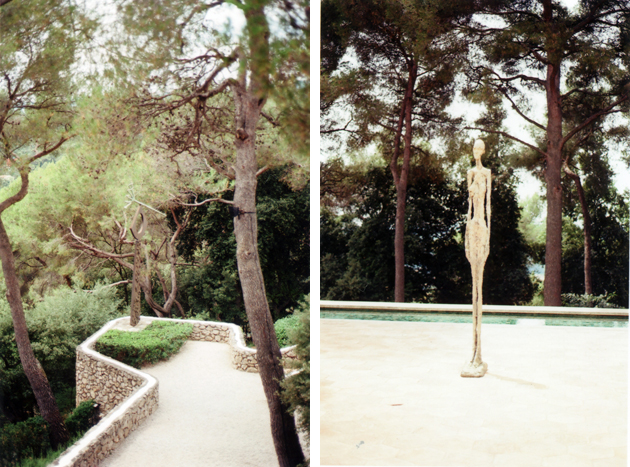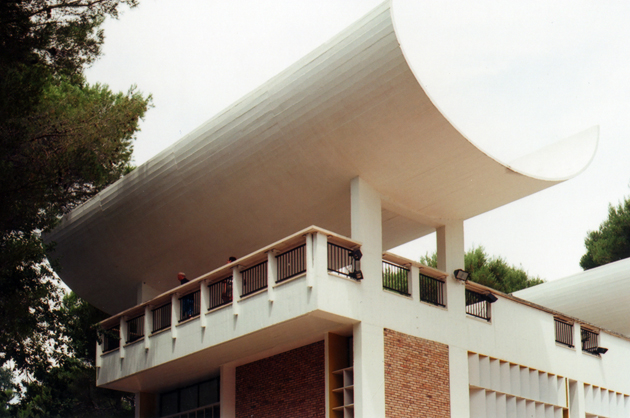
Fondation Maeght is a destination in itself: it is an art gallery and an exhibition area on the hill above Saint-Paul-de-Vence, between Cannes and Nice. It is one of the world’s finest and most beautiful small museums, a temple of the XX century art. Above all it is known for its extensive collections of Giacometti and Miró sculptures. Various works by other artists can also be seen, with painting, drawings and sculptures represented in equal measure, as well as exhibits showing how the artists worked. It was founded in 1964 by an art dealer, a collector and a publisher Aimé Maeght and his wife Marguerite.
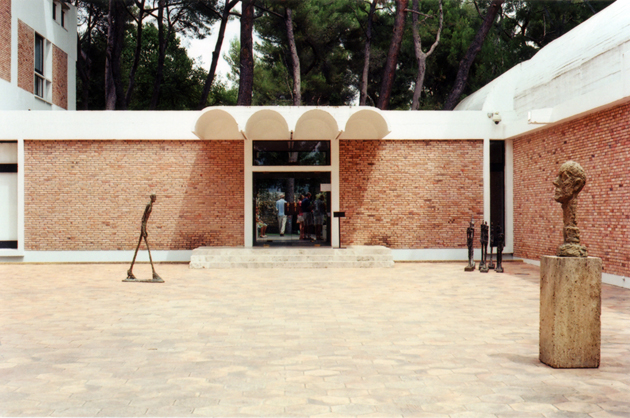
Fondation Maeght Art Museum prides itself not only in one of the most outstanding collections of the XX century art, but also in an unusual architectural design, created by the Catalonian architect Josep Lluís Sert. It was Miró who introduced Maeght to Sert, who had already designed his studio in Spain and worked with Le Corbusier before spending time in the USA. The Maeght building itself is interesting and attractive, with a whitewashed modern style and quarter-circle roofs to allow diffused light to enter the galleries, that integrate very harmoniously with the natural environment.
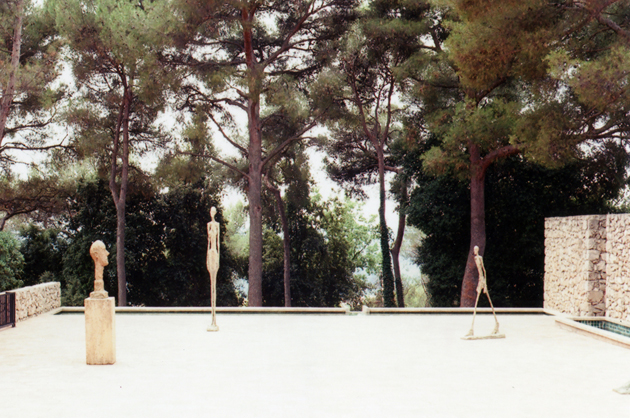
Aimé wanted a contemporary, functional and effective design that would invite the visitors to truly appreciate the collection. As nature lovers, the museum’s founders wanted the foundation to be integrated into a large Mediterranean garden, as well. Thus Sert had to adapt a building functional to its natural landscape, “installing a museum inside nature” as he put it. His overall design was made of a series of inter-connected, one to three story buildings that respected the slope of the land and which were set comfortably amongst the pine trees. The different roof shapes, levels of rooms and terraces, and the combination of materials (concrete and pink hand-thrown bricks) offer variety to the eye. Sert tamed and harnessed the Mediterranean light with quadrantal cylinder windows. Their parabolic curve traps and transmits the even and constant light directly on to the exhibition walls at the height of the paintings. Moreover, he discussed the precise lighting requirements with Braque, Chagall and Miró, in order to display their pictures to the greatest advantage. The unusual form of the roof in some exhibition halls gives a feeling of being inside a cathedral. They remind us of the Spanish Pavilion for the Exposition Universelle in Paris in 1937, also designed by Sert, where Calder, Miró and Picasso had exhibited their work, among which was the groundbreaking ‘Guernica’.
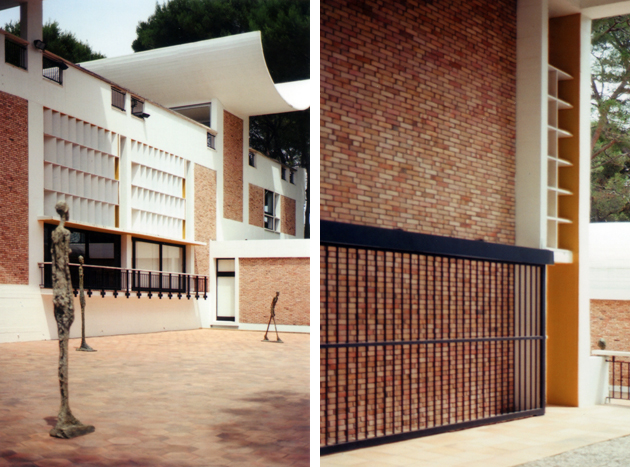
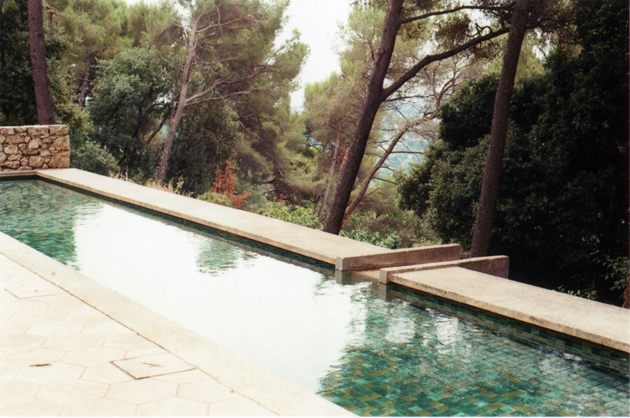
In addition, several walls open to the outdoors, overlooking the sculpture gardens, terraces, lush lawns, light blue and green-tiled pools and woods. And in the double-height exhibition space, two large window-screens, with built-in shutters, serve to break up and diffuse the sunlight. In contrast to the light traps and expressed vaults, the largest building is capped with two, large, u-shaped, twentieth century impluvia that visually lighten the whole exterior. These white, concrete basins collect valuable rainwater, which is distributed to the pools and fountains and is also used to humidify the interior air. A small chapel, sited next to the main building, takes pride in stained glass windows, designed by Braque. Its ruins were discovered during the construction works, and Maeght decided to restore it. Separate museum rooms are devoted to Miró and Chagall, sculpture garden presents Pol Bury’s steel fountain and a mosaic by Braque adorns a pond, while furniture of a small garden café is designed entirely by Giacometti. The sightseeing spots of the sculpture garden offer a visual advantage, allowing the visitors to admire the scenic beauty of the nature and art – all at the same time.
